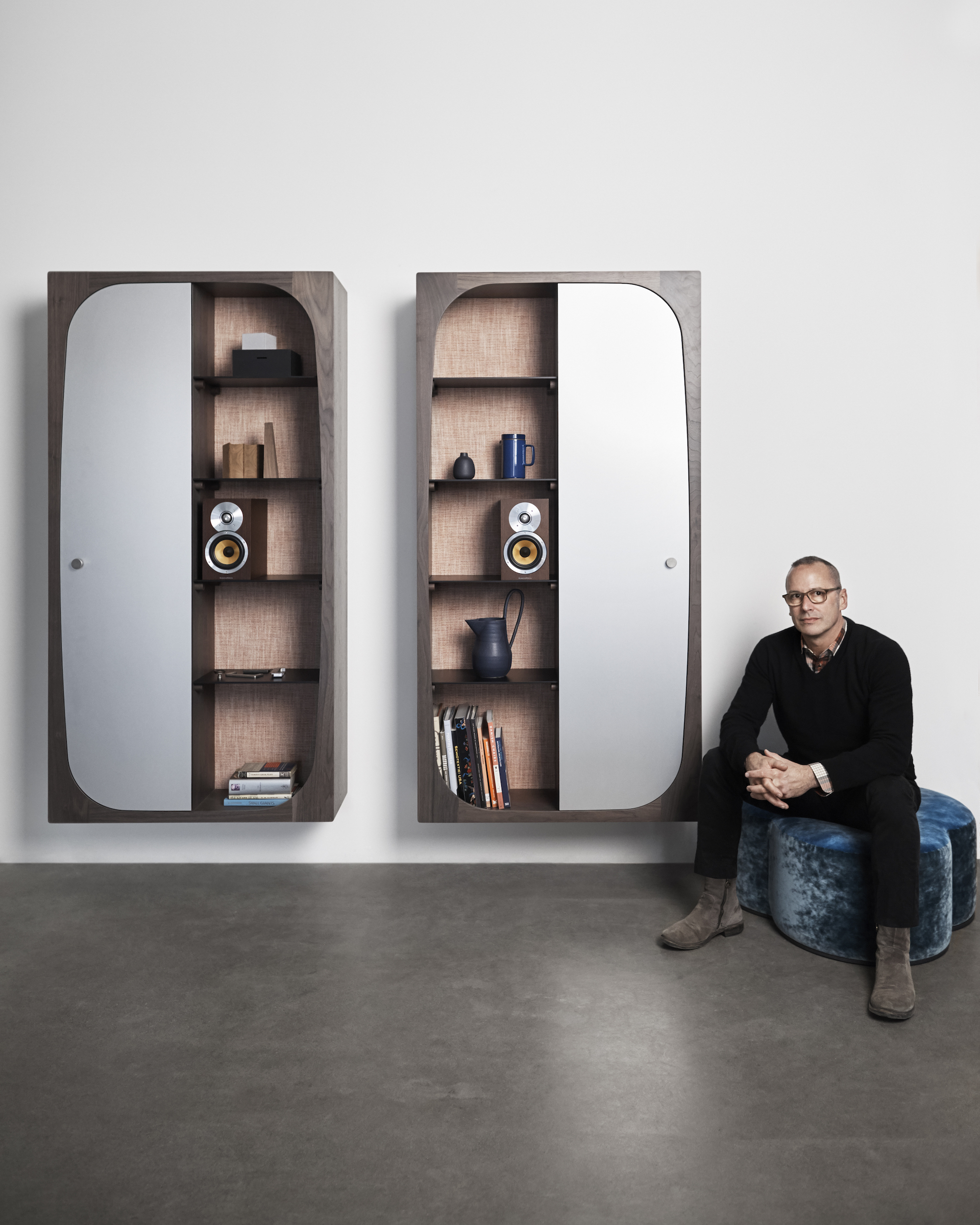
A good kitchen is the centerpiece of a home. It’s the best place to be during a party; a room with an inexplicable gravitational pull. And yet, many kitchens are boring, or worse, inefficient. Those in the know—like blue-chip artists and developers of luxury buildings like the Wardman Tower in D.C.—know that if you want a kitchen that merges form and function, you go to Henrybuilt. The company, which is based in Seattle and has showrooms in New York and Mill Valley, CA and is opening soon in Los Angeles, also handles full-scale remodels and builds furniture, but it’s their customized kitchen “system” that they’re best known for.
It all began in 2001, when founder Scott Hudson, a one-time fine arts major who later worked under Bill Gates at Corbis before going on to design interactive programming for children, was remodeling his old farmhouse outside of Seattle. The kitchen needed an overhaul, and when he set about finding someone to change it, what he found was an industry oriented around individual parts constructed by individual people, with nothing to ensure cohesion. “Nobody actually comes and says, ‘Hey, I’m going to give you the whole experience,’” he says.
For Henrybuilt, the whole experience means intelligent details, like drawers with high-performance acrylic dividers that snap in and out, allowing for easy reconfiguration. On a larger scale, it means applying precision and creativity like what they did for a film director’s home in Mexico City. The house was made largely out of concrete, which meant Henrybuilt needed to design and build their product to be integrated into the house—very precisely—long before concrete was ever poured. Later, when the client wanted a way to display his large wine collection out in the open, Henrybuilt developed a custom wine rack by turning an architectural wall into a functional surface—a precursor to what has become a distinctive feature of the Henrybuilt system, Opencase.
While Henrybuilt products and installations tend toward a cool minimalism, Hudson has been steering the company away from becoming too focused on style, which he thinks can be a trap. “Sometimes we talk about Beck, how he’ll make one album that’s kind of country, and one that’s kind of tech. They still sound like him, but the style is different,” he explains. “It’s a function, I think, of getting good enough to know what’s down underneath.”
It’s this kind of thinking that has made Henrybuilt the go-to designer for the creative class—including the 50 or so visual artists who have brought Henrybuilt into their homes. Henrybuilt’s clients may be the style set, but Hudson wants everyone to experience the pleasure of living with their work. When company staff travel to the Mill Valley showroom, they stay in a 900-square-foot Henrybuilt-furnished house. “It’s constantly occupied by someone who is traveling for work, and they get to live with and experience the product. That has changed the company in a pretty significant way,” he says. “It’s about connecting all of the dots.”










 in your life?
in your life?

